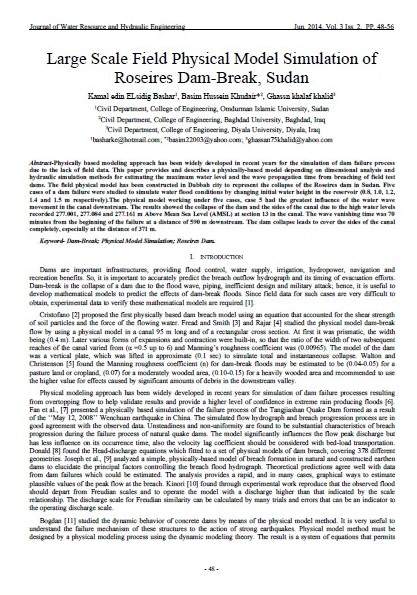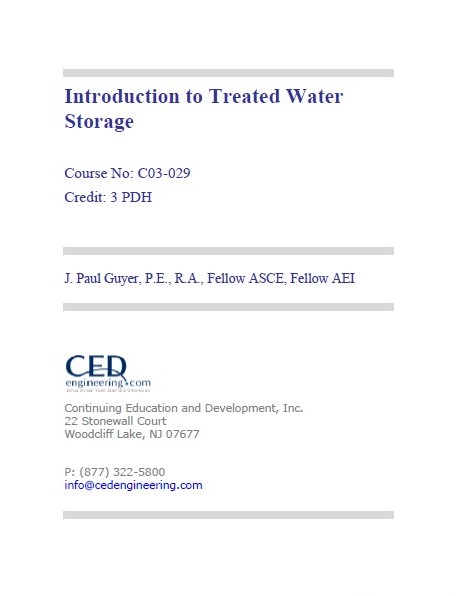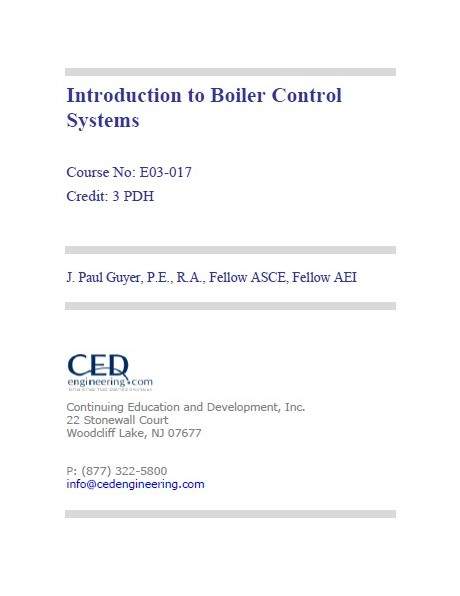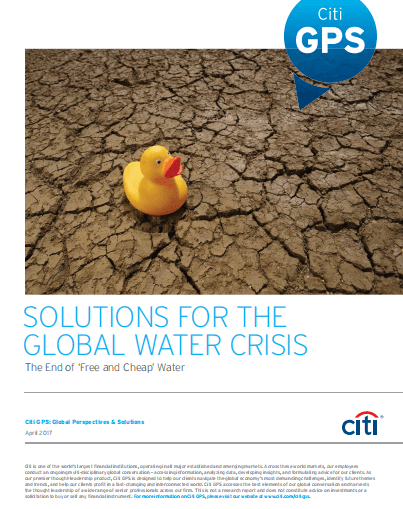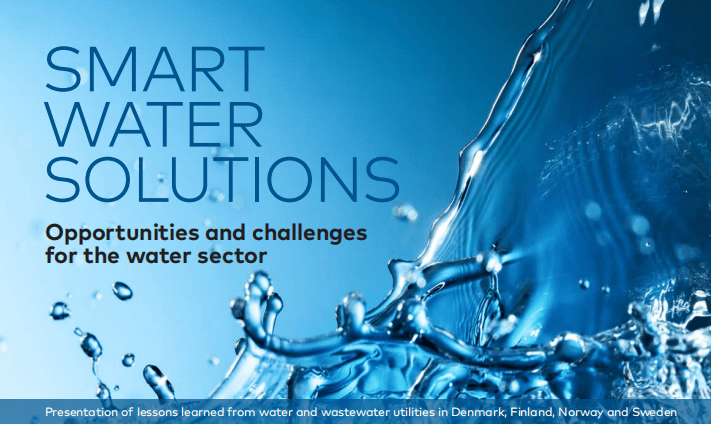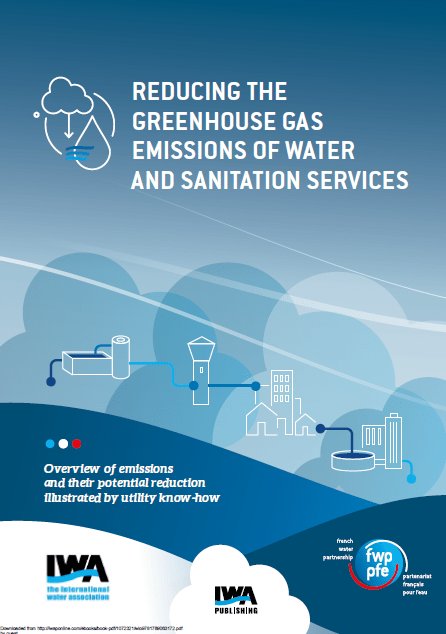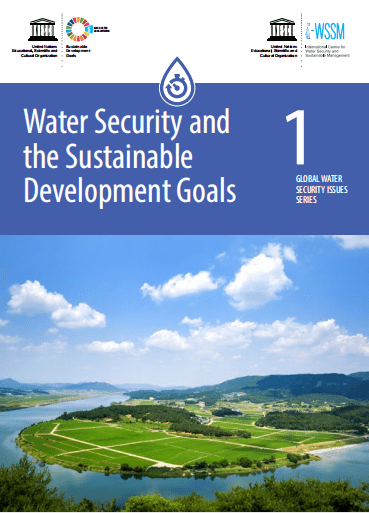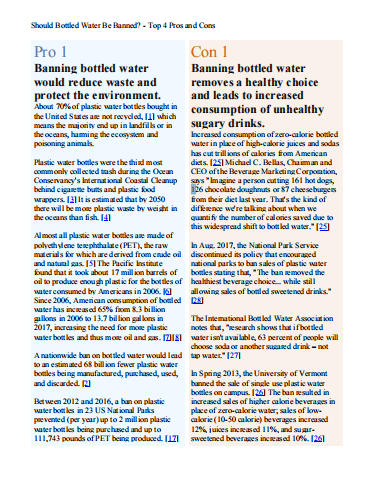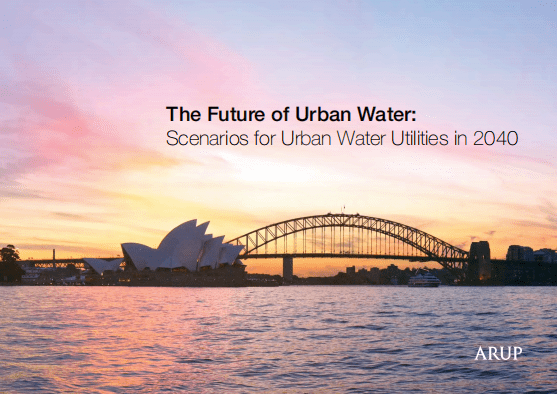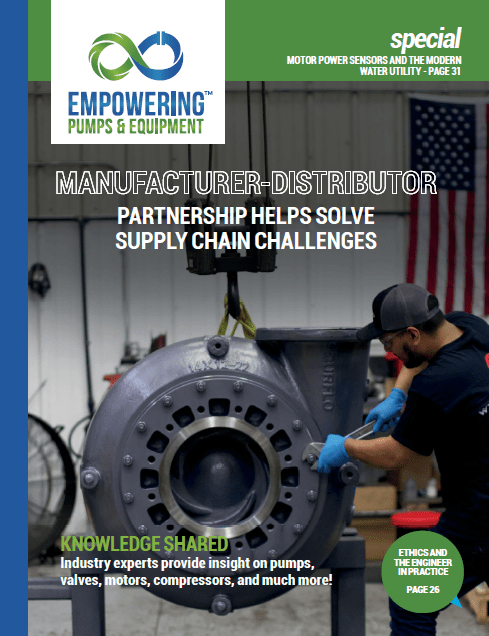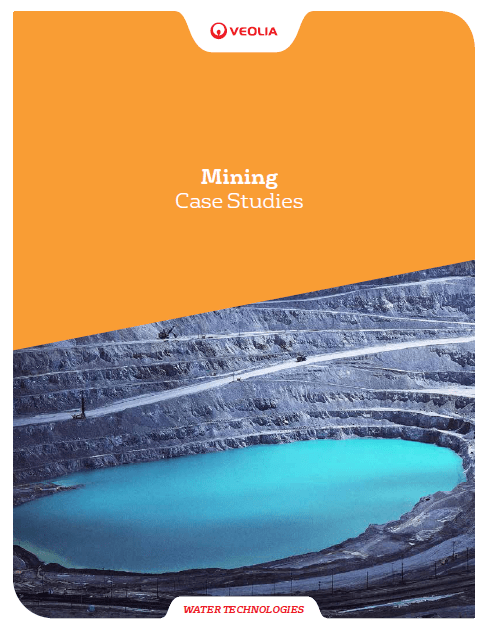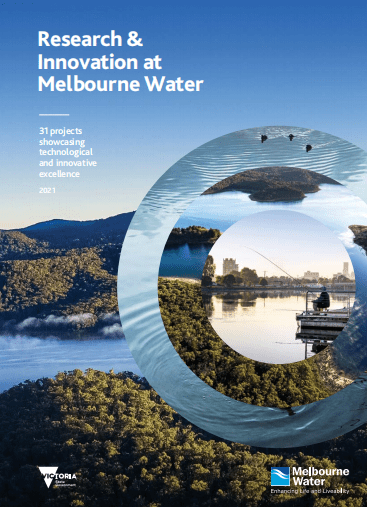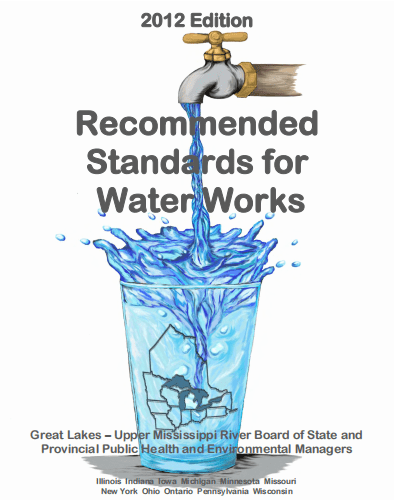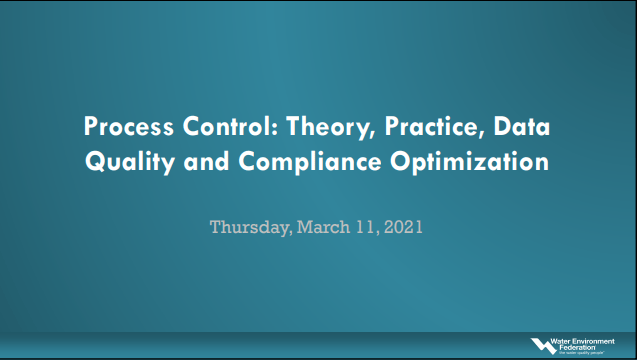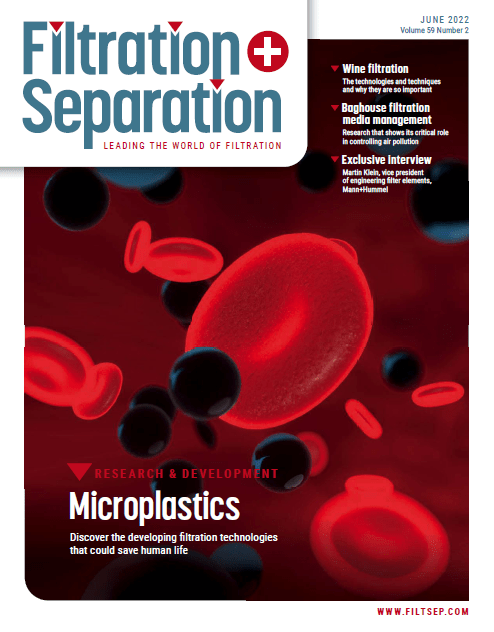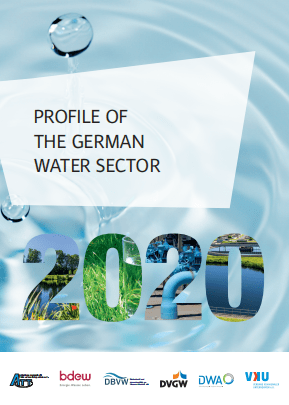Pure Water Handbook
INTRODUCTION
For more than 30 years there has been remarkable growth in the need for quality water purification by all categories of users – municipal, industrial, institutional, medical, commercial and residential. The increasingly broad range of requirements for water quality has motivated the water treatment industry to refine existing techniques, combine methods and explore new water purification technologies. Although great improvements have been made, myths and misconceptions still exist. This Pure Water Handbook by Osmonics will clear up common misconceptions and increase the reader’s understanding of the capabilities of available technologies and how these technologies might be applied. Science has found that there are no two water treatment problems exactly alike. There will always be slight differences with more than one technically -acceptable and scientifically-sound solution to any given water treatment problem. Beyond these two statements, there are no absolutes in water treatment.
Pure Water Handbook
INTRODUCTION
For more than 30 years there has been remarkable growth in the need for quality water purification by all categories of users – municipal, industrial, institutional, medical, commercial and residential. The increasingly broad range of requirements for water quality has motivated the water treatment industry to refine existing techniques, combine methods and explore new water purification technologies. Although great improvements have been made, myths and misconceptions still exist. This Pure Water Handbook by Osmonics will clear up common misconceptions and increase the reader’s understanding of the capabilities of available technologies and how these technologies might be applied. Science has found that there are no two water treatment problems exactly alike. There will always be slight differences with more than one technically -acceptable and scientifically-sound solution to any given water treatment problem. Beyond these two statements, there are no absolutes in water treatment.
Reducing The Greenhouse Gas Emissions Of Water And Sanitation Service
Why this report?
An increasing number of cities both in the Southern and the Northern hemisphere are experiencing chronic water stress. For instance, California has been experiencing a year of unprecedented drought, and Chennai in India reached “day Zero” in July 2019, meaning that, by that day, the city had used up all the water available through local resources. Climate change will make these situations increasingly
frequent across the world, as evidenced in the map of water stress drawn up by the World Resources Institute (WRI)1. Water is one of the main indicators of climate change and changes in water regimes will require many adaptation measures for all sectors that depend on water resources. The French Water Partnership (FWP) has gathered in this publication an inventory of such solutions implemented
by French operators. Members of the International Water Association’s Climate Smart Utilities (CSU) Community of Practice have contributed to this report as reviewers, with the aim to support urban water utilities on their journey to adapt, mitigate, and be climate leaders.
Reducing The Greenhouse Gas Emissions Of Water And Sanitation Service
Why this report?
An increasing number of cities both in the Southern and the Northern hemisphere are experiencing chronic water stress. For instance, California has been experiencing a year of unprecedented drought, and Chennai in India reached “day Zero” in July 2019, meaning that, by that day, the city had used up all the water available through local resources. Climate change will make these situations increasingly
frequent across the world, as evidenced in the map of water stress drawn up by the World Resources Institute (WRI)1. Water is one of the main indicators of climate change and changes in water regimes will require many adaptation measures for all sectors that depend on water resources. The French Water Partnership (FWP) has gathered in this publication an inventory of such solutions implemented
by French operators. Members of the International Water Association’s Climate Smart Utilities (CSU) Community of Practice have contributed to this report as reviewers, with the aim to support urban water utilities on their journey to adapt, mitigate, and be climate leaders.


